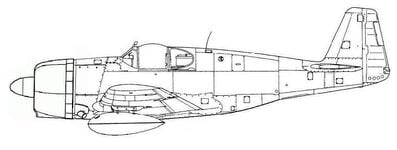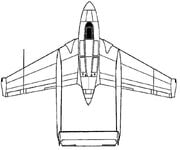Shortround6
Lieutenant General
How many were built doesn't show anything about the original intent.How many Pe-8 were built?
Again, actual production does not show original intent. The US built a number of planes with no real intention of mass producing them. The Boeing B-15 and Douglas B-19 being prime examples. But they did show the problems involved and helped refine ideas for later aircraft. The US was very interested in long range bombing. Both of these would have been failures (engine technology was not good enough for one thing) but it helped get them to the B-17, B-24 and B-29/B-32. It also helped show the US command the problems that any enemy would face trying to build planes for the same mission.How many Pe-8s could be produced per year by Plant No. 124 in Kazan, where serial production was deployed? The Pe-8 was a terrible airplane from the technological point of view - their production in appreciable quantities was completely unrealistic. The USSR leadership was well aware of this and prioritized aircraft design and production accordingly.
Again, planning and interest are not the same as production. Also showed what the Germans needed to do to come up with solutions. Germans came up with solutions but it took a while and carting around hundreds of kg of nitrous oxide in insulated tanks worked, just barely.The Soviets lacked suitable heat-resistant alloys to provide the required blade reliability. The same problem that plagued the turbines of early Soviet jet engines. Soviet experiments with turbochargers were largely driven by concerns about the German high-altitude reconnaissance aircraft.










